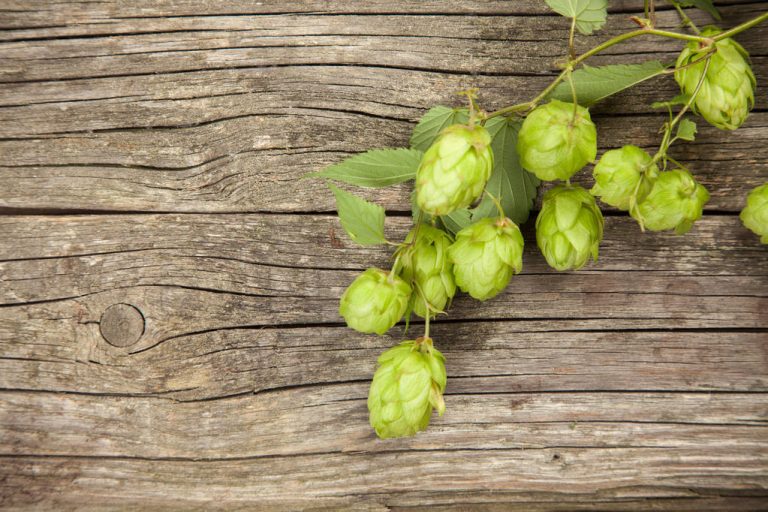Chocolatey, sweet, good – these sweet potato brownies should definitely be tried very quickly and are an absolute must for all fans of the baking classic. Thanks to the sweet potato, these brownies are much juicier and lower in calories than the traditional version of the chocolate cake. EAT SMARTER tells you how you can easily make sweet potato brownies yourself.
Small bites of chocolate happiness

Attention chocoholics, because these sweet potato brownies are not to be missed! From the rather unusual main ingredient sweet potato, together with a few other ingredients, a fragrant dough is mixed, which after its baking time in the oven sweetens the afternoon super juicy and chocolatey. And best of all: The little cakes only have 190 kilocalories per piece – so you can feast twice as well without a guilty conscience!
By the way, sweet potatoes are low in fat and have a high content of secondary plant substances such as anthocyanins and carotenoids. These protect the body cells from damaging free radicals, among other things. A little tip: the more intensely colored the flesh of the vegetable, the more the highly effective antioxidants it contains! EAT SMARTER shows you today how you can easily make sweet potato brownies yourself.
Make your own sweet potato brownies
The ingredients:
- 600g sweet potatoes
- 15 dates
- 4 tbsp coconut oil (melted)
- 5 tbsp honey
- 100 g spelled wholemeal flour
- 100 g ground almonds
- 1/2 tsp salt
- 8 tbsp cocoa powder
- 2 tbsp almond butter
- 30g pecan nuts
The preparation:
Wash the sweet potatoes, peel them, and cut them into large pieces. Put them in a saucepan with some water and cook for about 20 minutes until the sweet potatoes are soft.

- Put the soft sweet potato pieces in a food processor along with the pitted dates and puree until smooth.
- Mix 2 tbsp coconut oil, 4 tbsp honey, wholemeal spelled flour, ground almonds, salt, and 6 tbsp cocoa powder in a large bowl and knead thoroughly with the sweet potato and date mix. Pour the finished dough into a 26 x 20 cm tin lined with baking paper and bake in a preheated oven at 180 °C (convection oven: 160 °C; gas: level 2-3) for about 50 minutes.
- If no dough sticks to the wooden skewer when you pierce the sweet potato brownie, it is ready and can be taken out of the oven. Now the whole thing has to cool down for about 15 minutes so that the brownie doesn’t fall apart when you lift it out.
- For the glaze, melt 1 tbsp honey, 2 tbsp coconut oil, 2 tbsp almond butter, and 2 tbsp cocoa powder in a small saucepan and stir together. Then cool down to room temperature, for example in the refrigerator.
Before the sweet potato brownie can be glazed, it must be completely cool – otherwise, the glaze will melt! - Chop the pecans and spread them over the glaze. Then divide the sweet potato brownies into 16 pieces and serve.






















